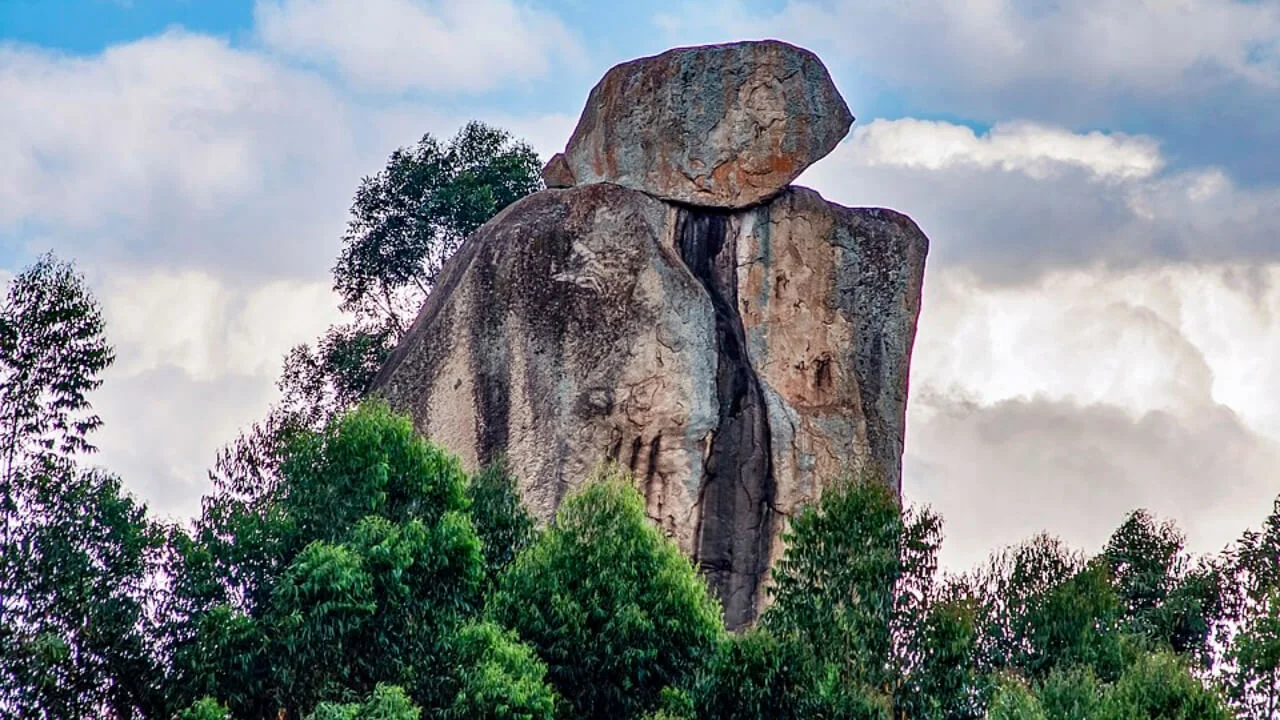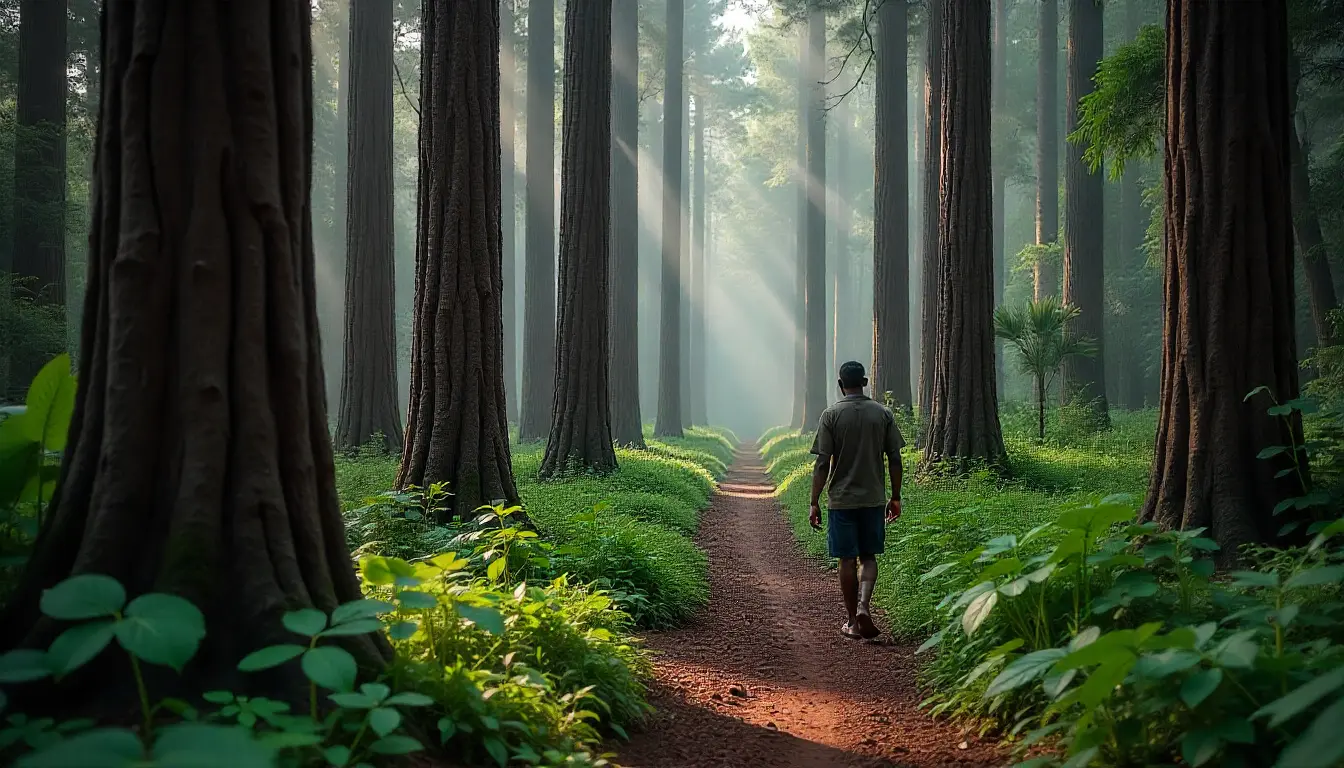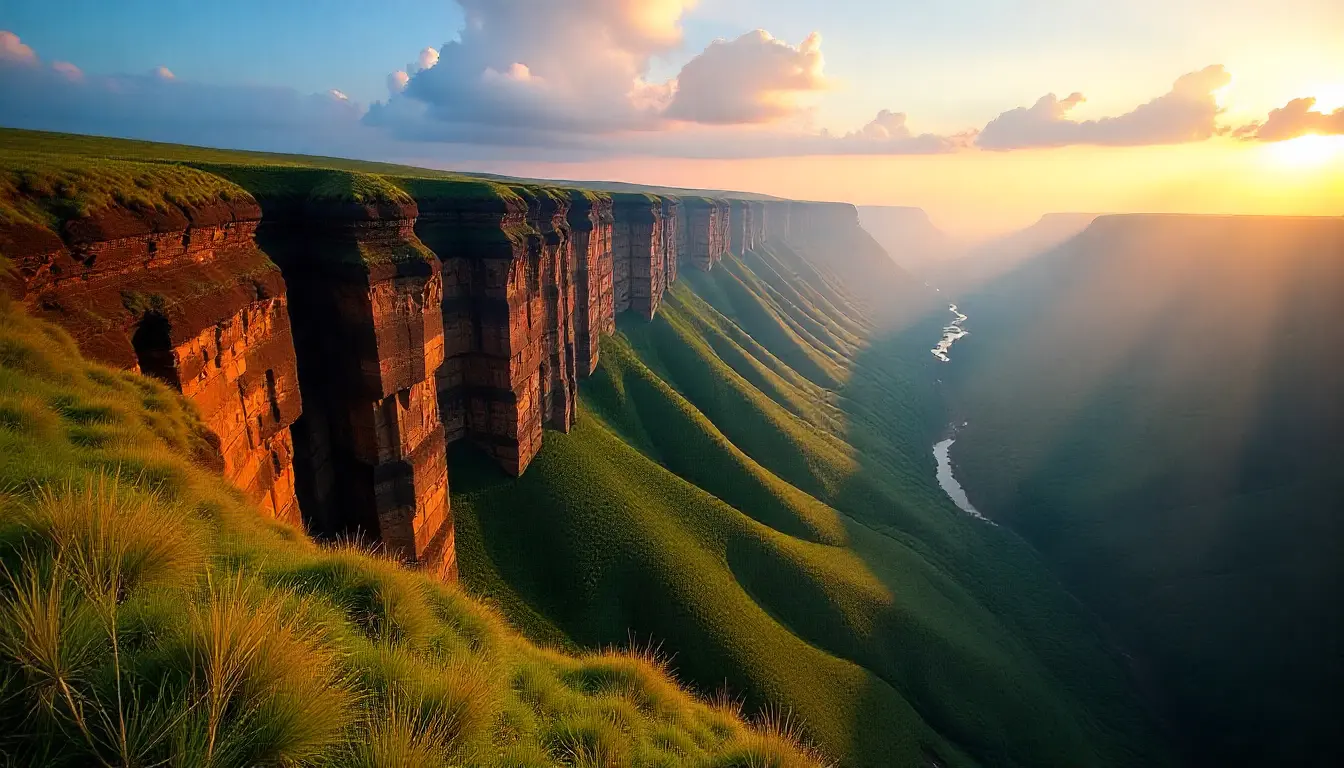Imagine walking through the lush countryside of western Kenya, minding your own business, enjoying the songs of birds, the hum of insects… and suddenly, you hear a stone crying.
Yes. A rock. Sobbing. In the middle of a field.
Welcome to Ilesi, a small village near Kakamega, home to one of Kenya’s strangest and most goosebump-inducing attractions: The Crying Stone. Forget haunted houses or creepy dolls — this is next-level African folklore. And yes, it’s real (sort of).
So, What Exactly Is the Crying Stone?
At first glance, it looks like a giant rocky mushroom. A massive boulder perched delicately on a slender rock pedestal — defying physics and every geologist’s will to stay calm. Locals call it “Ilhende”.
But the real spook? The stone actually leaks water. Constantly. Even when it hasn’t rained in days, weeks, or even during that suspiciously long dry season when your laundry dries in five minutes. The water trickles down the "face" of the rock, making it look like it’s weeping.
And not just a little misty-eyed. We’re talking soap-opera-style, slow-mo tears, as if the rock just watched the ending of Titanic again.
The Myths: Grab Your Popcorn
Locals have explanations — and they’re way more fun than anything science could offer.
- Myth #1: The Heartbreak of the Gods
Some say the stone cries because it was once a person who disobeyed the gods. The gods, being the original drama queens, turned them into stone as punishment. The crying? Eternal regret. Basically, the stone is the ultimate “I told you so.” - Myth #2: Ancestral Alarm System
Elders whisper that when the stone cries more than usual, it’s a bad omen — perhaps signalling a coming drought, political chaos, or even your phone finally giving up after years of abuse. - Myth #3: The Spirit of Kakamega
Others believe it’s the earth itself mourning the loss of traditions and harmony with nature. Deep, right? Like, “bring a notebook and journal your feelings” kind of deep.
Science Enters the Chat (And Gets Booed)
Geologists, of course, showed up with measuring tapes and equations to ruin all the fun.
Their verdict? Condensation and groundwater. Apparently, water from underground capillaries seeps through the rock and dribbles down the surface. Yawn. Sounds fake, but okay.
They also say the unique shape of the rock allows water to collect and leak out more visibly. But come on — does your kitchen counter cry when it’s humid? Exactly.
Let us believe in magic, you heartless calculators.
So… Should You Visit?
Absolutely. Immediately. Yesterday.
Because nothing says “I had a wild time in Kenya” like standing in front of a 40-foot-tall weeping rock while your guide casually tells you not to blink too long, or it might blink back.
You’ll meet local guides who know every legend and love a good laugh. You'll take surreal photos that make your friends question reality. And you’ll come back with a story so weird, people will have to believe you… Or at least Google it behind your back.
Pro Tips for Your Visit:
- Ask for directions — this isn't Google Maps’ finest moment.
- Bring a raincoat — or at least a rock-proof umbrella.
- Don’t laugh too hard — the stone is sensitive. And possibly sentient.
- Stay at a comfy hotel nearby — (cough cough, like ours), and rest those curious feet!
Final Verdict: Myth or Magic?
Let’s be honest — who cares? Whether it’s a mystical marvel or a geological oddity with a flair for drama, the Crying Stone of Kakamega is one of the most unforgettable things you’ll ever see.
And in a world where the news is crazy, your phone never charges fast enough, and traffic is a sport, maybe we all need a big rock that just lets it out sometimes.
Tears and all.




